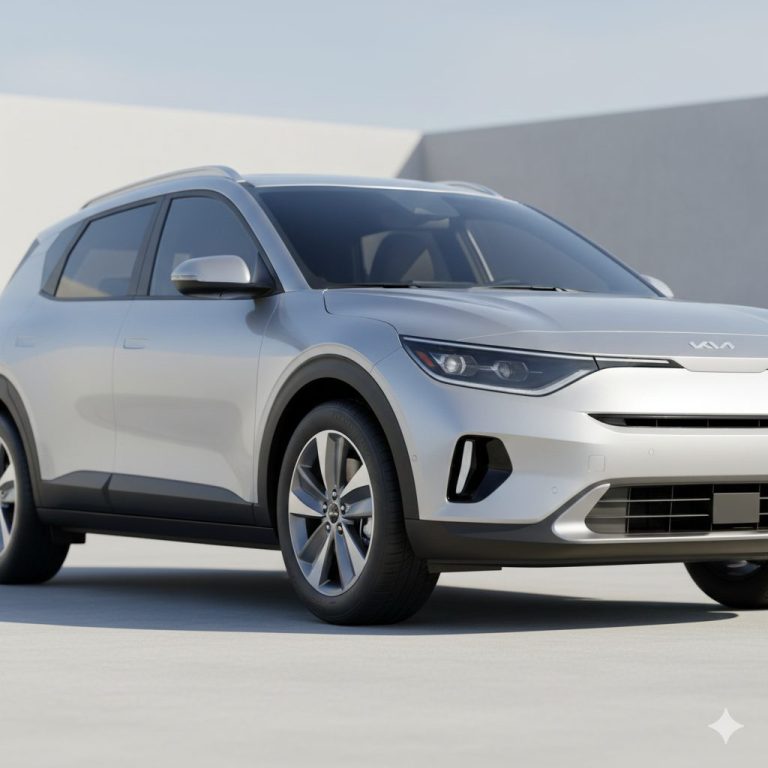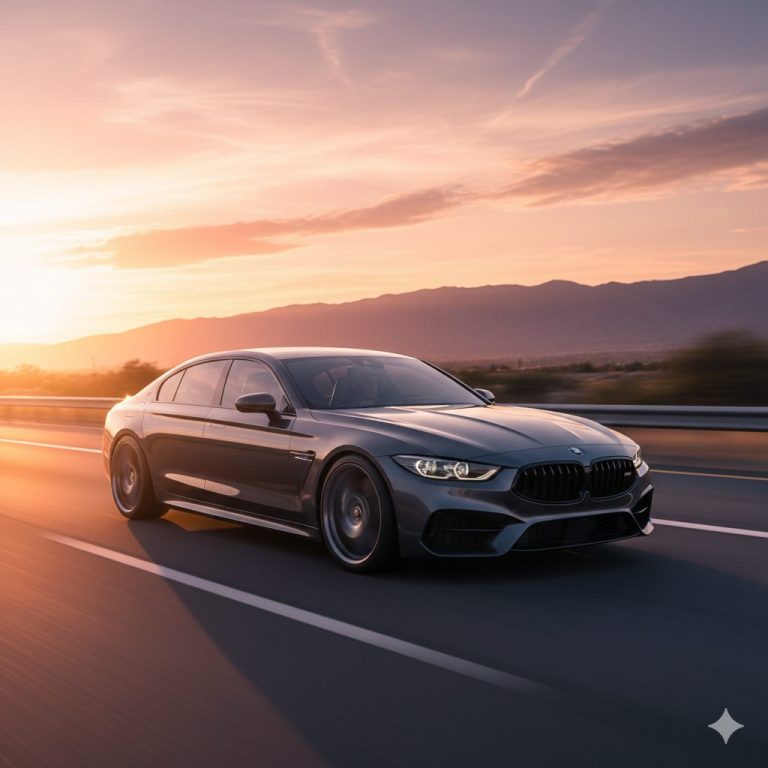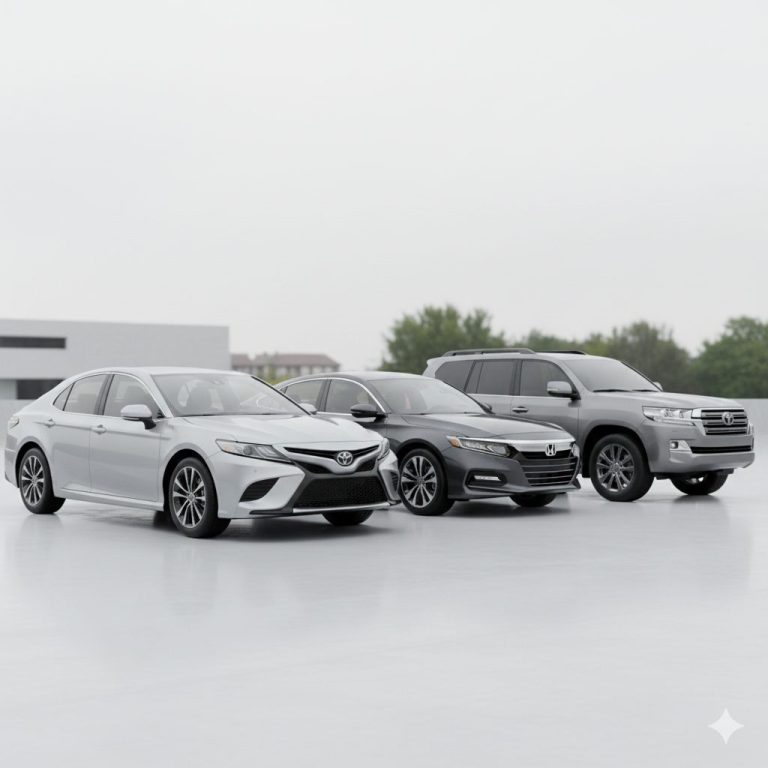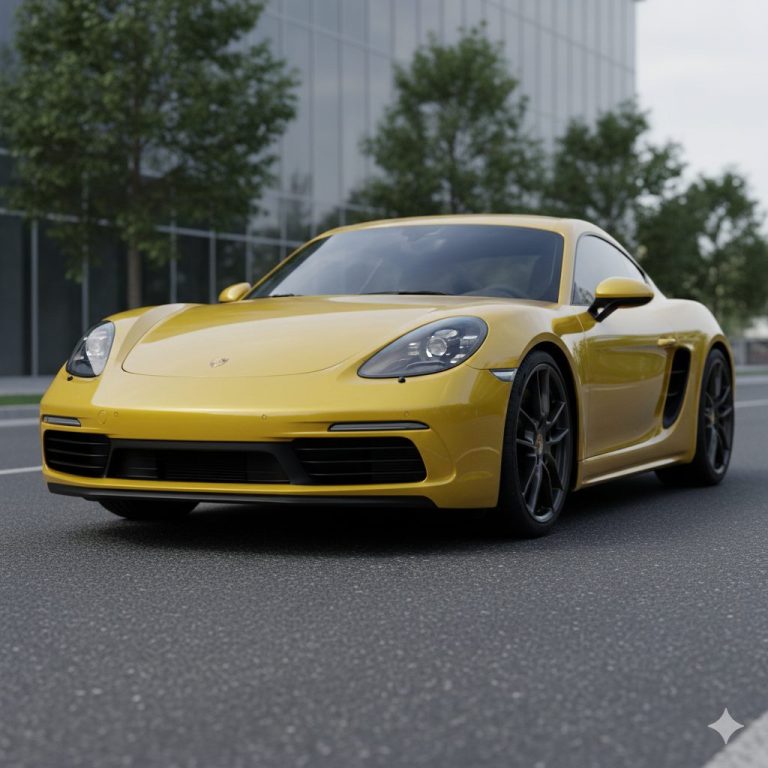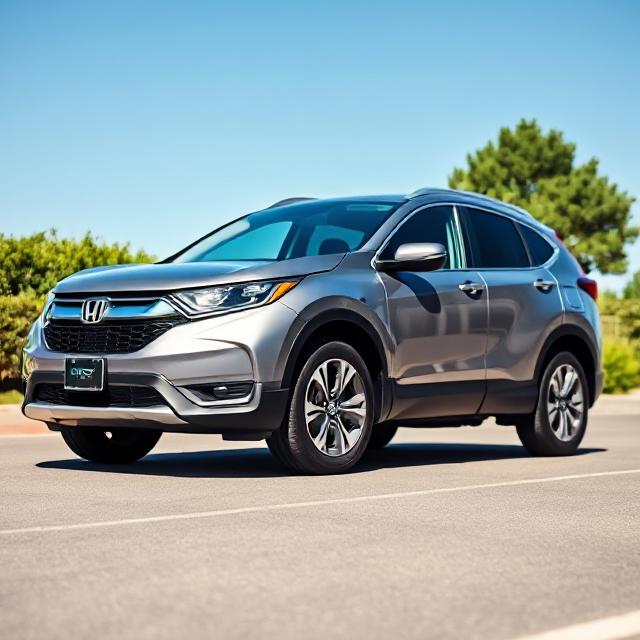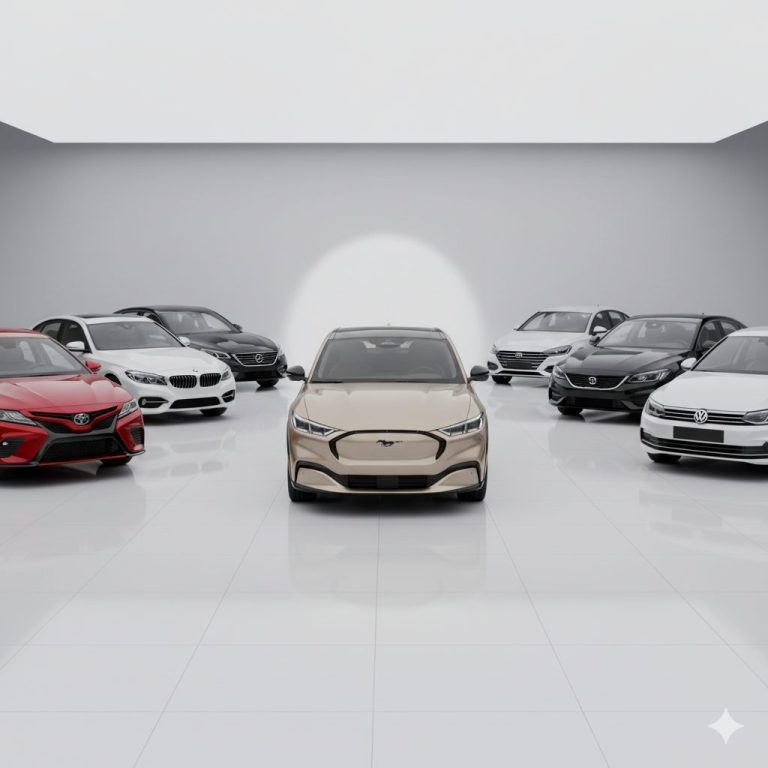2026 Subaru Solterra: Key Areas That Need Improvement
The 2026 Subaru Solterra marks Subaru’s ambitious step into the all-electric SUV market, blending the brand’s signature ruggedness with modern EV technology. While it offers a promising start with eco-friendly performance and Subaru’s reliable safety features, there are several areas where the Solterra could use refinement to truly stand out in a crowded EV segment.
1. Increased Range vs. Efficiency Expectations
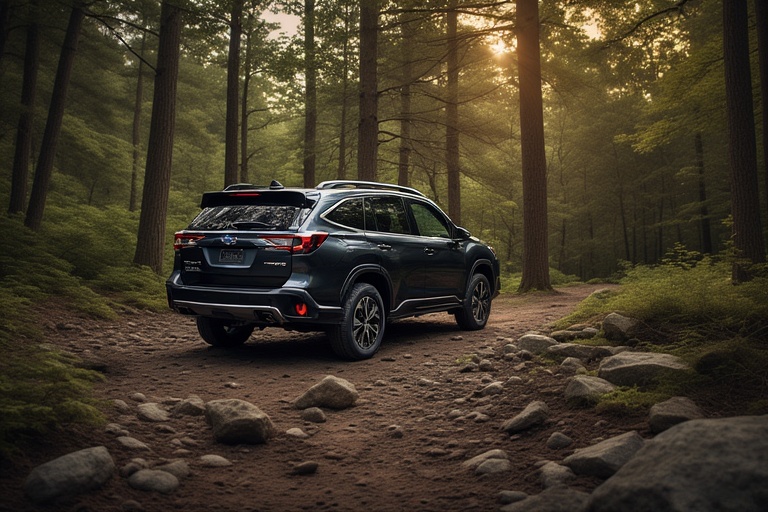
The 2026 model pushes battery capacity to 74.7 kWh and now offers over 285 miles of range with the base powertrain.
Improvement needed: real-world usage (cold weather, heavy climate control, off-road) still brings range down; more efficient motors or better tires could help retain advertised figures under harsher conditions.
2. Faster Charging, But Still Not Best-in-Class
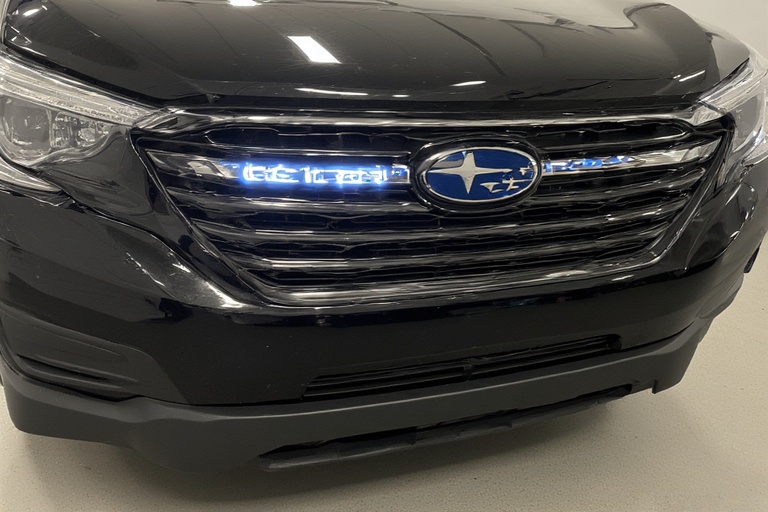
Charging speed is improved: Solterra now supports up to 150 kW DC fast-charging and goes from 10-80% in under ~35 minutes. Also it includes a battery preconditioning system.
Improvement needed: many competing EVs surpass this; more charging power and more widespread ultra-fast chargers would reduce “range anxiety” especially on long drives.
3. Power & Performance Boost (Especially XT Trim)
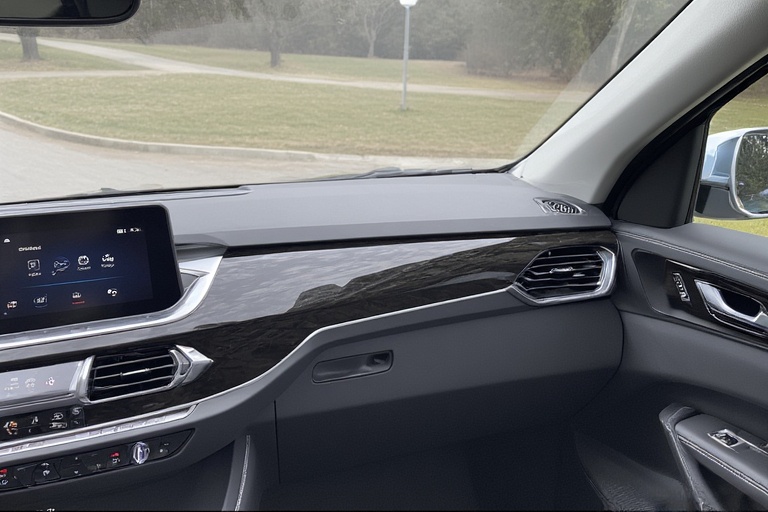
The base dual-motor AWD produces ~233 hp, while the new XT trim delivers ~338 hp, giving 0-60 mph under 5 seconds in the XT.
Improvement needed: while acceleration is good, the weight, handling on curves, and steering feedback could still be sharpened to match performance expectations at this power level.
4. Off-Road & AWD Capability Enhanced, But Limitations Remain
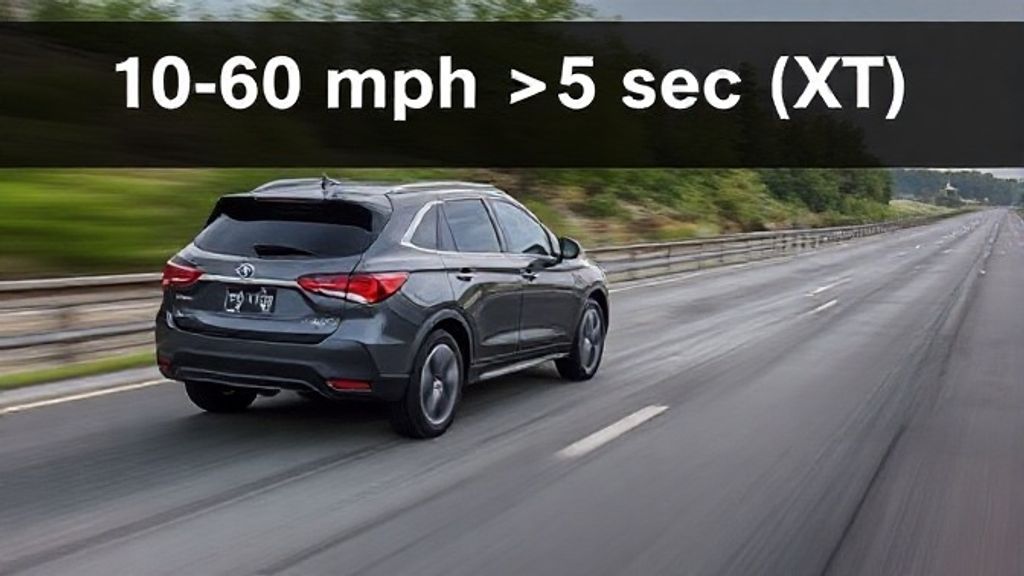
Solterra retains Subaru’s AWD heritage with improved power distribution, includes X-MODE (Snow/Dirt, Deep Snow/Mud), and ground clearance ~8.3 inches.
Improvement needed: off-road capability is still moderate—not extreme. Tire choice, ruggedness of underbody protection, battery/ motor protection for rough trails remain areas to refine.
5. Exterior Styling & Visual Identity Upgrades
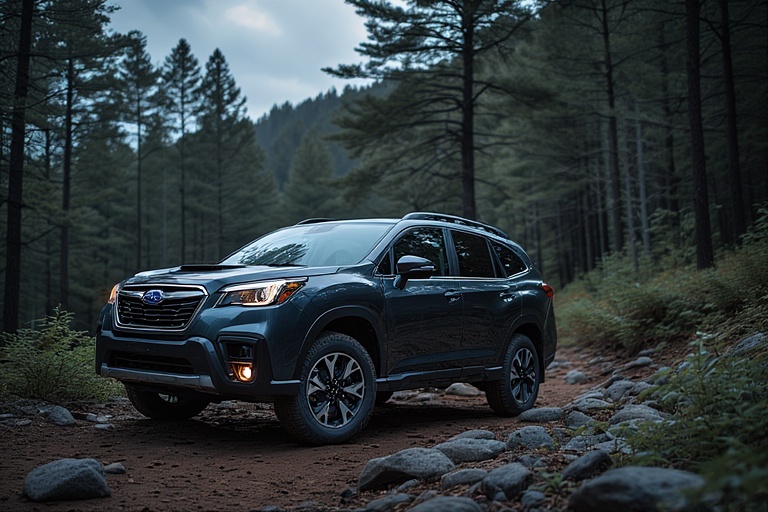
New front fascia, redesigned headlights, illuminated Subaru logo, new wheels (18- & 20-inch), more painted/body-matched cladding on certain colors; subtle but noticeable improvements.
Improvement needed: while styling is sharper, some may still find it conservative compared to competitors. More bold design variants or aesthetic customizations would help appeal.
6. Interior Tech Upgrades & Comfort
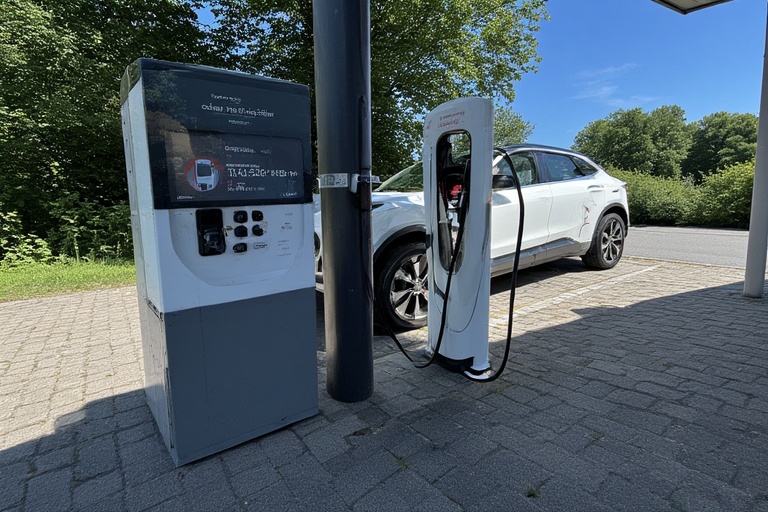
Inside, there’s a new 14-inch touchscreen, wireless Apple CarPlay/Android Auto, dual wireless chargers, USB-C ports, better materials.
Improvement needed: interior space remains average; ride over bumps (especially with large wheels) can transmit more harshness than competitors; some missing features (like true one-pedal driving mode maintaining regen setting, more storage solutions) could be improved
7. Ride Comfort & Handling Dynamics
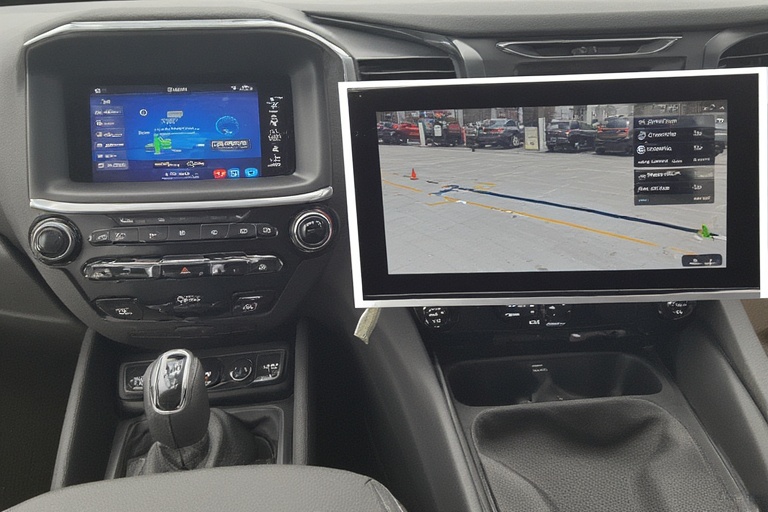
Subaru has tuned suspension, steering, and the AWD controller to better deliver control, reduce roll/sway, manage weight distribution.
Improvement needed: large-wheel trims show more roughness over poor surfaces; balance between comfort and sportiness could be better; better noise insulation could help at highway speeds.
8. User Interface & Usability Quirks
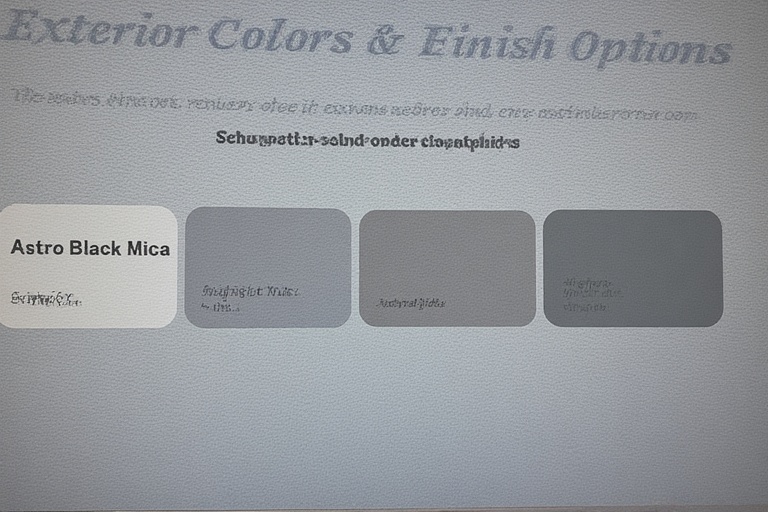
Good: bigger screen, more charging ports, better software features. But there are frustrations: regen-braking setting doesn’t stick after vehicle restart (reverts to weakest).
Improvement needed: more customization (e.g. persist preferred regen mode), route-planning / charging routing built in, better visibility/UX of camera views at low speeds, more intuitive controls.
9. Value & Competitive Positioning
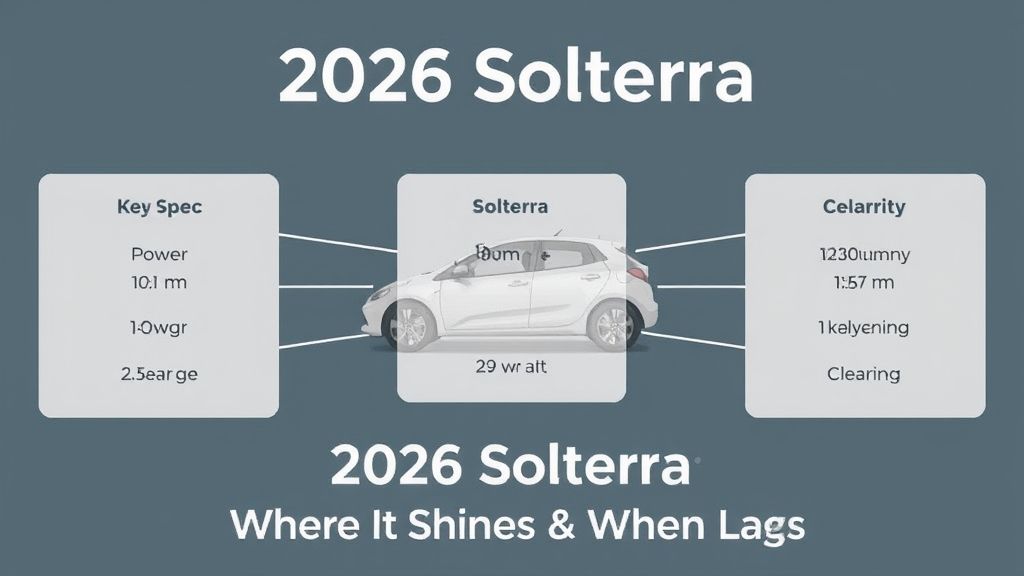
With these upgrades, the Solterra becomes more competitive vs rivals like Hyundai, Ford, Volkswagen in similar EV segment. Yet in many markets, pricing, incentives, total cost of ownership, resale, charging convenience still push buyers toward other brands.
Improvement needed: more aggressive pricing or better incentive bundles; warranty, maintenance, EV service network strengthening; better perceived value of features vs price.

